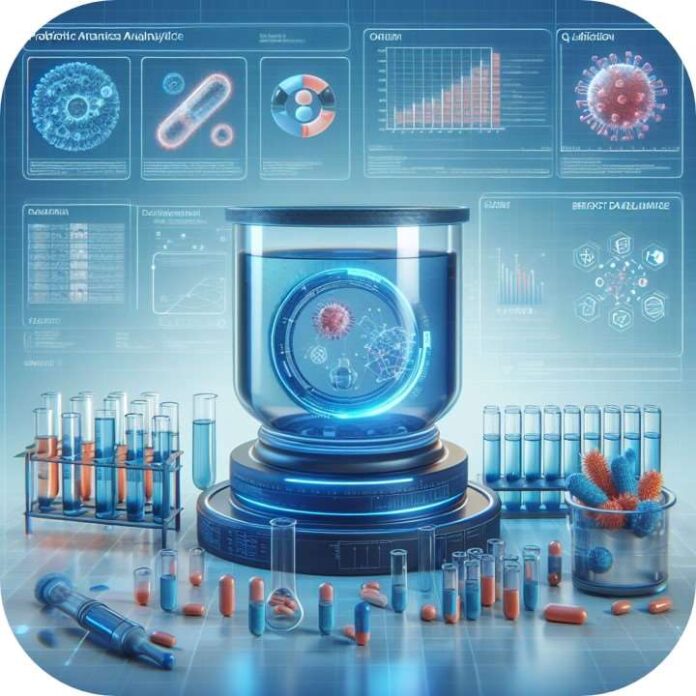In vitro toxicity testing is a crucial component of toxicology that involves assessing the potential harmful effects of substances using cell cultures outside of living organisms. This approach offers several advantages, including ethical benefits, reduced costs, and the ability to conduct high-throughput screening. Here are some key aspects of in vitro toxicity testing:
1. **Purpose**:
– **Safety Assessment**: Determine the toxicity of chemicals, drugs, cosmetics, and other substances before their introduction into humans or the environment.
– **Mechanistic Studies**: Understand the biological mechanisms by which substances exert toxic effects on cells.
2. **Types of In Vitro Toxicity Tests**:
– **Cytotoxicity Assays**: Measure the viability of cells after exposure to a substance. Common assays include MTT, XTT, and LDH assays, which evaluate cell metabolic activity, growth, and membrane integrity.
– **Genotoxicity Tests**: Assess the potential of substances to damage genetic material. These tests include the Comet assay, micronucleus test, and Ames test.
– **Receptor-Based Assays**: Investigate the interaction of chemicals with specific cellular receptors, which can provide insight into potential endocrine-disrupting effects.
– **Organotypic Models**: Use 3D cultures or organ-on-a-chip technologies to mimic human organ responses more accurately than traditional 2D cultures.
3. **Advantages**:
– **Ethical Considerations**: Reduces the need for animal testing, aligning with the principles of the 3Rs (Replacement, Reduction, Refinement).
– **Cost-Effectiveness**: Generally less expensive than in vivo testing.
– **High Throughput**: Enables the screening of large numbers of compounds rapidly.
4. **Limitations**:
– **Lack of Whole-Organism Complexity**: In vitro systems may not fully replicate the interactions and responses of whole organisms, potentially missing systemic effects.
– **Metabolism**: Lack of metabolic processing that occurs in vivo can influence the accuracy of toxicity predictions.
– **Endpoint Selection**: Limited to endpoints that can be measured in a laboratory setting, which may not capture all potential toxic effects.
5. **Applications**:
– **Drug Development**: Early-stage screening of drug candidates for potential toxicity.
– **Regulatory Testing**: Compliance with safety regulations for chemicals, cosmetics, and pharmaceuticals.
– **Environmental Monitoring**: Assessment of potential environmental contaminants.
6. **Advancements**:
– **Stem Cell Technologies**: Use of induced pluripotent stem cells (iPSCs) to generate diverse cell types for more accurate toxicity testing.
– **Omics Technologies**: Integration of genomics, proteomics, and metabolomics with in vitro assays to gain deeper insights into toxic effects.
– **Machine Learning and AI**: Utilization of computational models to predict toxicity based on in vitro data.
Overall, in vitro toxicity testing is an evolving field that continues to improve with technological advancements, contributing to safer product development and regulatory compliance.












